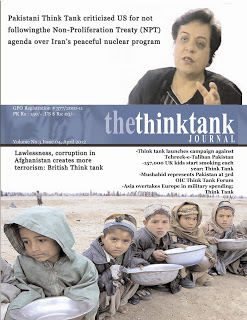During his tenure in office, President Donald Trump’s policy agenda sparked significant debate and scrutiny. This article provides an in-depth examination of Trump’s key policy initiatives across various domains, shedding light on both the achievements and controversies surrounding his administration’s approach.
Economic Policies:
President Trump’s economic policies were characterized by a pro-business stance, highlighted by the passage of comprehensive tax reform. The Tax Cuts and Jobs Act of 2017, a cornerstone of Trump’s economic agenda, aimed to stimulate growth and job creation by reducing corporate tax rates and providing tax relief for individuals. Additionally, Trump pursued deregulation efforts across industries, aiming to streamline bureaucratic processes and spur investment. These policies were lauded by supporters for fostering economic expansion and revitalizing American industries, particularly manufacturing.
Trade Policies:
Trump’s trade policies centered on reshaping international trade relationships to prioritize American interests. He renegotiated trade agreements, most notably replacing NAFTA with the United States-Mexico-Canada Agreement (USMCA), which aimed to rebalance trade and enhance protections for American workers. Additionally, Trump initiated a trade war with China, imposing tariffs on Chinese imports to address trade imbalances and intellectual property theft. While these measures were intended to safeguard American industries, they also sparked concerns about retaliatory tariffs and disruptions to global supply chains.
Foreign Policy:
President Trump’s foreign policy agenda reflected a commitment to “America First” principles, emphasizing sovereignty and national interests. He pursued a strategy of renegotiating international agreements and alliances, withdrawing from multilateral agreements such as the Iran Nuclear Deal and the Paris Climate Agreement. Trump also sought to reduce US military involvement overseas, advocating for a more restrained approach to foreign interventions. However, his handling of diplomatic relations and withdrawal from international agreements drew criticism for potentially undermining global cooperation and stability.
Social and Cultural Policies:
Trump’s administration tackled various social and cultural issues, including immigration, healthcare, and civil rights. He implemented strict immigration policies, such as the travel ban targeting predominantly Muslim countries and the expansion of border security measures. Additionally, Trump sought to repeal and replace the Affordable Care Act (Obamacare) and appointed conservative judges to federal courts, shaping the judiciary’s ideological composition. These policies elicited both praise and condemnation, reflecting deep ideological divisions within American society.
Conclusion:
President Donald Trump’s policy agenda left a lasting impact on American governance and public discourse. While his administration achieved notable successes in areas such as tax reform and trade renegotiation, it also faced significant challenges and controversies. Assessing Trump’s policy legacy requires a nuanced understanding of its multifaceted impacts across economic, diplomatic, and social domains. By providing a comprehensive analysis of Trump’s policy agenda, this article aims to contribute to a more informed discussion of his presidency’s lasting effects on American politics and society.




